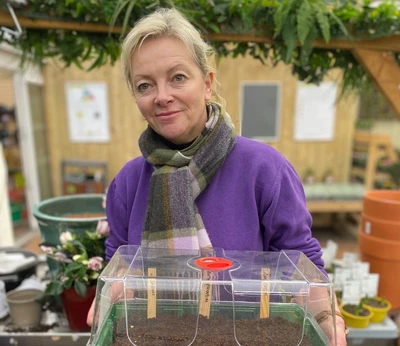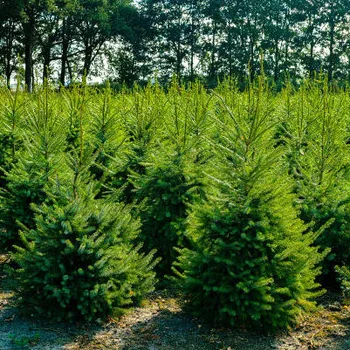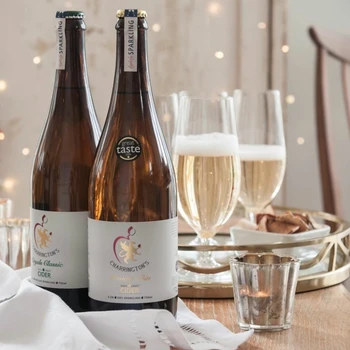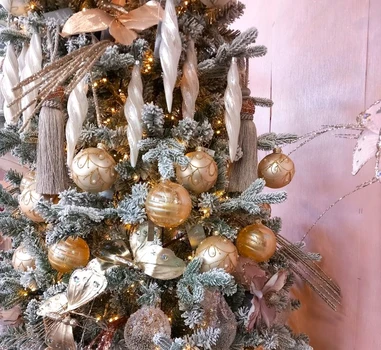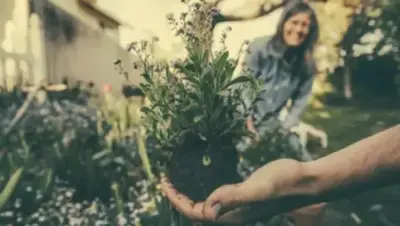
For those of you who get a bit overwhelmed coming into the garden centre trying to pick the best plants for the different parts of your garden, read on as our Plant Area Manager Jackie Hill gives beginner gardeners a general guide to choosing new plants…
When I write ‘general’, I do mean ‘general’ and there will be many plant experts who will offer exceptions to the rule, but like any language, once you know a few basics, plants are telling you what they need.
Plants for shade
Shady, dark parts of the garden are lacking in light. Plants with large or open leaves like Fatsia, Hostas and perennial Geraniums have evolved to catch that low light, which in turn helps feed the plant. Rhododendrons and Azaleas tend to have dark green leaves, suggesting their preference for shade. If those plants are then placed in sunshine all day, their leaves are likely to scorch, and with a bigger leaf surface they lose more water and wilt. Eventually the plant may die.
Plants that like light
Plants with spiny or strappy leaves like Phormium, grasses, conifers and heathers tend to be happy in a bright, dry environment as their smaller leaf surface loses less water and their leaves get plenty of light to convert to food for the plant. They often have more shallow root systems which, in turn, need less water.
Silver-leafed plants tend to prefer a dry, sunny spot and are usually good for coastal or exposed areas.

Common terms
- Variegated (two-colour leaves) and gold plants also generally prefer a sunny position.
- Hardy – the plant will survive the Winter.
- Ericaceous-acid soil required – special compost is available. Includes heathers, Rhododendrons and Azaleas.
Common groups of plants
- Annuals – Bedding plants used to plant tubs, hanging baskets and brighten up borders for a season. Will only last for Spring/Summer or Autumn/Winter.
- Perennials – Plants that die back after their flowering season and return the next year. Many Summer-flowering plants come into this category.
- Alpines – Small plants preferring a well-drained soil, ideal for rockeries.
- Deciduous shrubs/trees – Lose their leaves in the Winter and return in the Spring.
- Evergreen shrubs/trees – Keep their foliage all year round.
Hopefully these ‘translations’ will help those of you just beginning the exciting process of planting up your new garden! Get started with renewed confidence. And remember, it’s supposed to be fun

